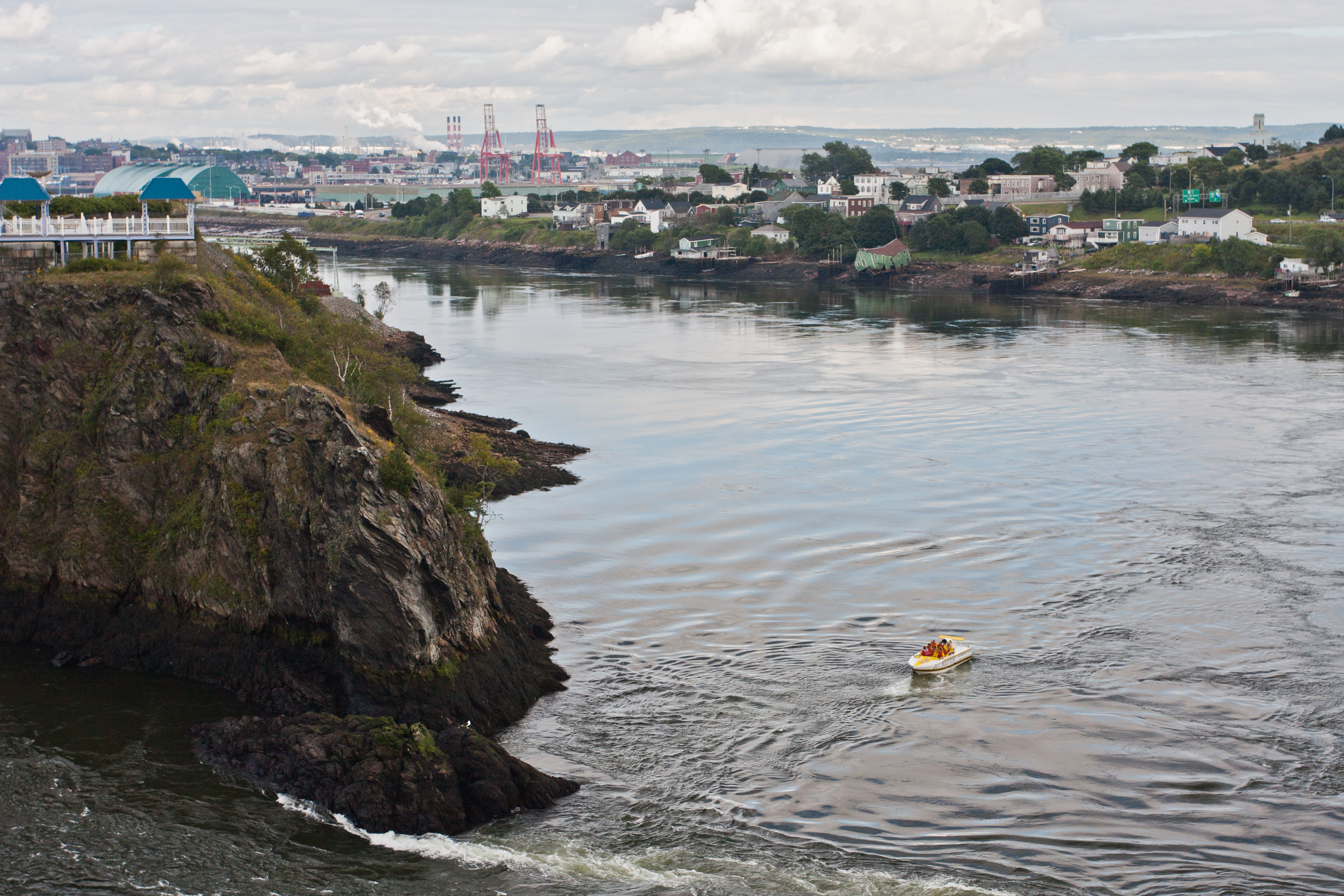Today, WWF-Canada has released the culmination of four years of research, a national assessment of Canada’s freshwater: Watershed Reports. The findings underscore the need for a national framework to manage water quality and freshwater resources.
The first-ever nationwide assessment of Canada’s freshwater resources found significant evidence of disruption to watersheds across the country as a result of human activities. WWF-Canada sees its results as laying bare the need for an ongoing, standardized national freshwater monitoring and reporting system in order to make evidence-based decisions about this valuable resource.
Saint John River © WWF-Canada
Dr. Zafar Adeel of Executive Director, Pacific Water Research Centre, Simon Fraser University agreed: “The assessment report prepared by WWF-Canada is an excellent effort to summarize diverse sources of information throughout Canada, to paint a fuller picture of what we know and what we do not know about our watersheds,” Further to that, Dr. Adeel said that “it points out that Canada is seriously deficient in data pertaining to the quality and health of watersheds, adversely impacted by persistent cuts in monitoring programs.”
This aligns with the findings as described by Elizabeth Hendriks, WWF-Canada vice-president of freshwater conservation. “In the age of google it’s a bit mind-boggling that you literally have to spend time calling, e-mailing, or knocking on doors to get access to, sometimes not even raw data—then you have to get it in the right format.”
The report demonstrates that although 20 per cent of the world’s freshwater is in Canada, data about its health aren’t collected or shared on a national basis. The findings also show that data deficiency is an issue in 15 of Canada’s 25 watersheds, which are made up of 167 sub-watersheds.
Mackenzie River, Northwest Territories © Tessa MacIntosh, WWF-Canada
Functional models for data acquisition and distribution do exist, said Hendriks. “I think what the government of Northwest Territories is doing is really interesting. They’re working in partnership with indigenous governments, creating community-based monitoring programs.” Hendriks pointed to the Mackenzie DataStream as an example of a robust, accessible water quality monitoring.
As well, Hendriks stated that the work of Living Lakes and their community-based benthic invertebrates monitoring is a strong model. Once the community-group gathers data “they then put that data into CABIN, which is a federal, Environment Canada-run database.” CABIN provides greater access to data sets than in other cases. “There’s the access issue,” said Hendriks, “we came across challenges of the data being available, but it’s in a report on a bookshelf somewhere in the North.”
South Nahanni River, Northwest Territories © Tessa MacIntosh, WWF-Canada.
Dr. Adeel asserted that Canada must take decisive action to manage the future use of its freshwater resources by implementing a National Water vision. The vision would guide a national framework for “developing and achieving the highest quality standards for freshwater and aquatic ecosystems; managing tradeoffs between human uses and ecosystem needs; engaging communities in all levels of decision making about water resources; and, identifying protective and corrective actions for Canada’s waters.”
But, he said, “monitoring alone—when devoid of assessments, such as the present one conducted by WWF Canada—tends to get ignored and sidelined. Consistent and timely generation of policy-relevant analyses and assessments is the only way to demonstrate the value of investing in extensive monitoring.”
Read the Watershed Reports in full.
Sockeye salmon, Adams River, British Columbia © Michel Roggo, WWF













